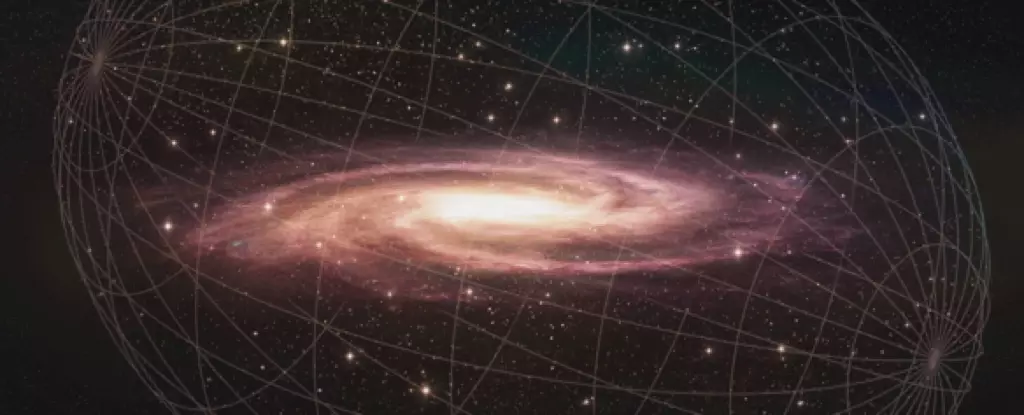The Milky Way is not alone in its little corner of the Universe. Tiny, faint dwarf galaxies, many with as few as a thousand stars, swoop around our cosmic neighborhood on long graceful circuits. It’s unclear exactly how many there are, but there should be a lot more than the 60 or so we’ve found to date. Astronomers have recently identified two more of these itty-bitty companions, but the news isn’t as problem-solving as you might think.
Recent discoveries of two new satellites, named Virgo III and Sextans II, have raised some eyebrows in the astronomical community. These new discoveries were made in a region of space already crowded with more dwarf galaxies than models of dark matter predict. As researchers point out, this unexpected increase in satellite galaxies is causing a significant discrepancy in the expected population of Milky Way satellites based on current dark matter models.
Dark matter, an invisible and mysterious substance in the Universe, plays a crucial role in shaping the dynamics of galaxies like the Milky Way. Models of dark matter predict that galaxies should have a much larger number of dwarf galaxy satellites than what has been observed so far. This discrepancy has led scientists to reevaluate their understanding of dark matter and its implications for the distribution of dwarf galaxies around the Milky Way.
Data from the Hyper Suprime-Cam (HSC) Subaru Strategic Program
Researchers, led by Daisuke Homma of the National Astronomical Observatory of Japan, utilized data from the Hyper Suprime-Cam (HSC) Subaru Strategic Program (SSP) to study a specific region of space in search of Milky Way satellite galaxies. According to existing dark matter models, the number of dwarf galaxy satellites in that area was expected to be around four. However, the discovery of Virgo III and Sextans II brought the total count in that region to nine, highlighting the ‘too many satellites’ problem.
Despite efforts to adjust existing models or exclude certain variables like the classical dwarf galaxy Sextans, the problem of excess dwarf galaxies in the Milky Way’s vicinity persists. The current best model predicts around 220 dwarf galaxies orbiting the Milky Way, but the discoveries in the HSC-SSP footprint suggest a potential total closer to 500 satellites. Further exploration using powerful telescopes like the Vera C. Rubin Observatory in Chile is crucial to understanding whether the concentration of satellite galaxies in the studied region is an anomaly or reflective of a broader trend.
The Future of Galactic Exploration
As astronomer Masashi Chiba of Tohoku University pointed out, the next step in unraveling the mystery of dwarf galaxies in the Milky Way’s neighborhood involves the use of advanced telescopes with wider sky coverage. The Vera C. Rubin Observatory, set to come online next year, holds the promise of shedding more light on the distribution and abundance of satellite galaxies around our galaxy. Continuous observations and data collection will be vital in refining our understanding of the relationship between dark matter, galaxies, and the cosmic structures that populate our Universe.


Leave a Reply